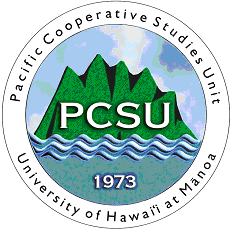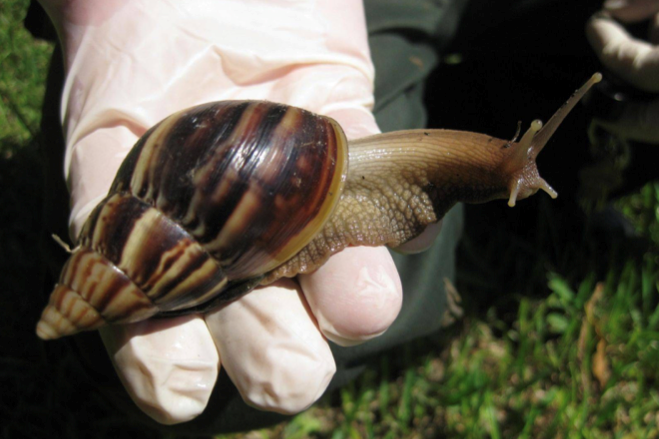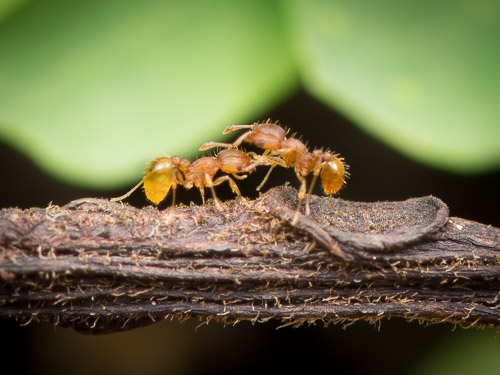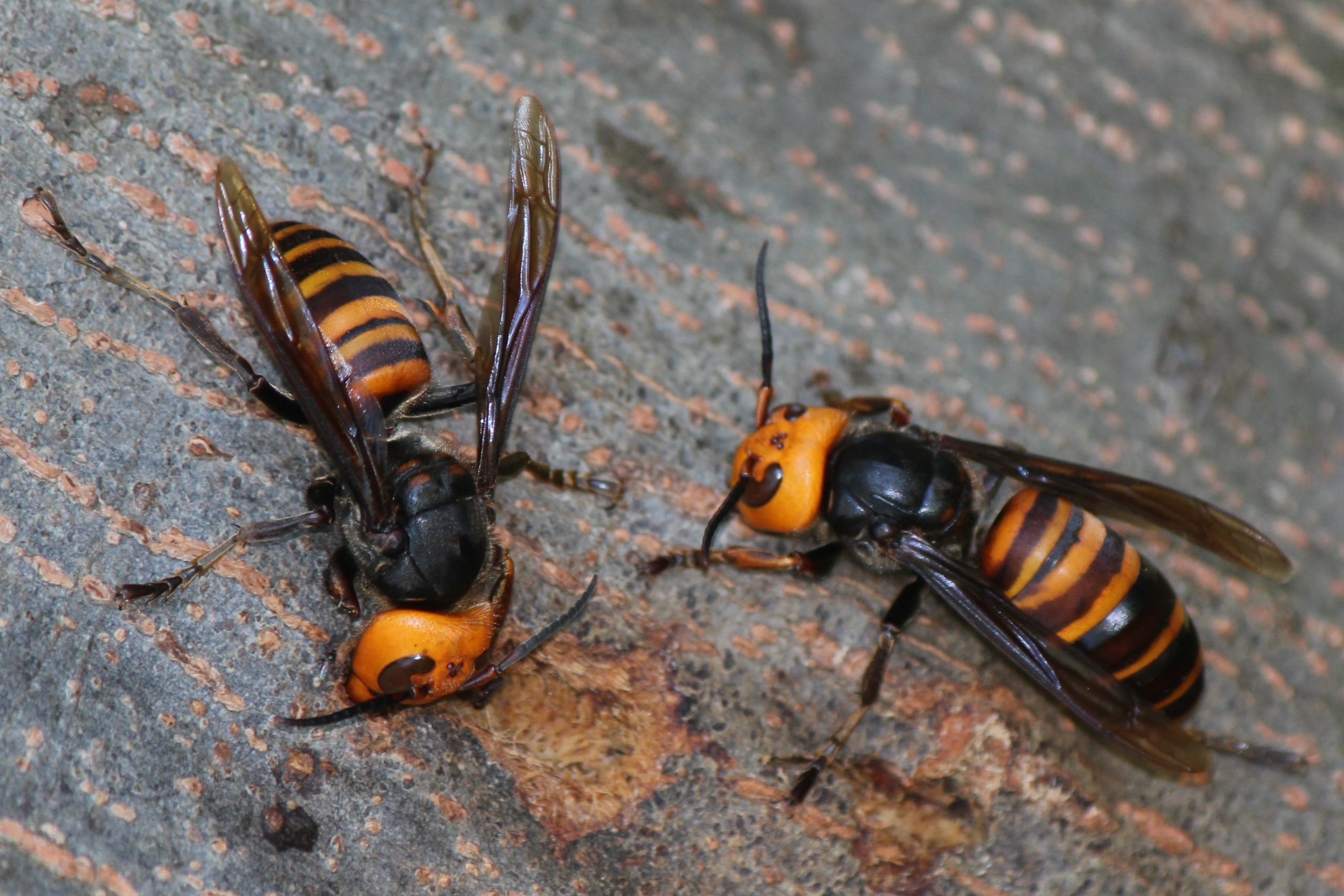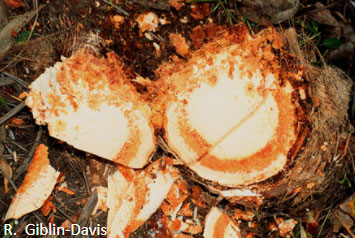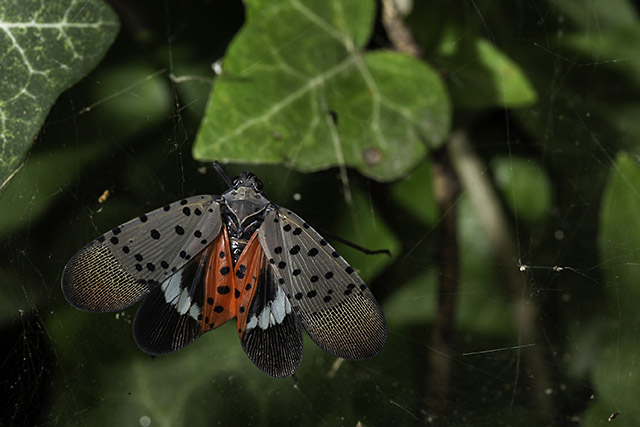Common name: Red imported fire ants, RIFA
Scientific name: Solenopsis invicta
Status in Hawaii: Not known to be present in Hawaii
An aggressive ground-dwelling ant known for its painful sting that can be a threat to human health. RIFA also attacks livestock and feeds on crops, leading to economic losses.
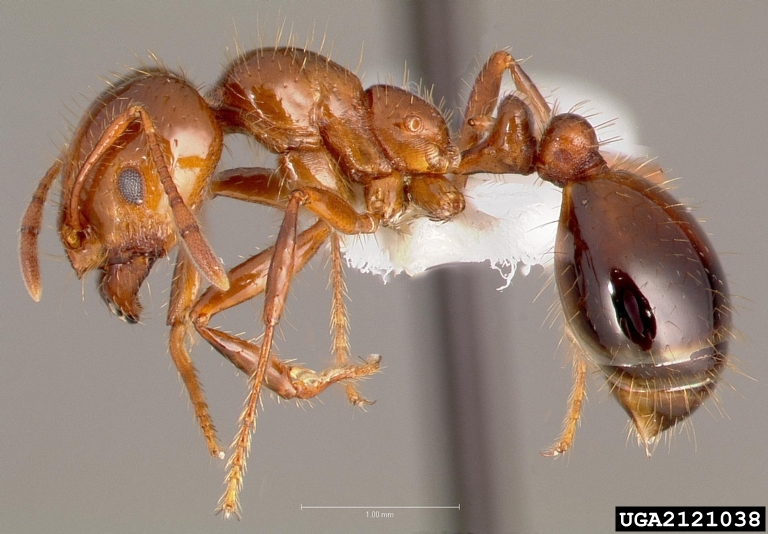
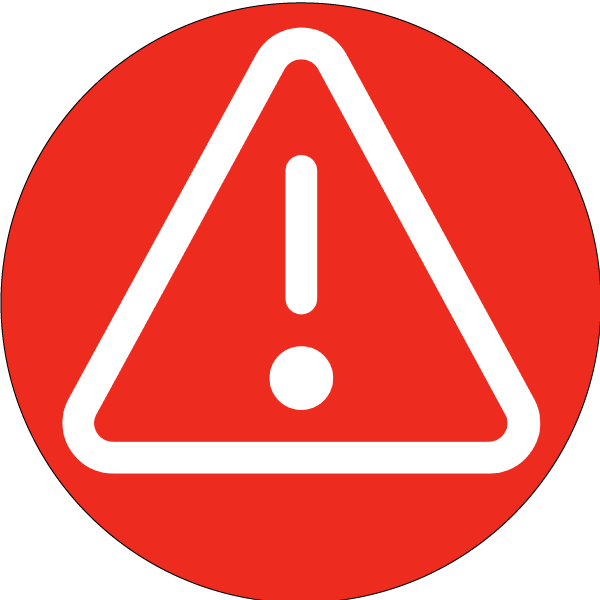
Impacts
- Economic: $1 billion in damages in the USA alone. In Australia over the past 30 years, economic loss was estimated at $6.7 billion. Projected estimates for introduction and establishment in Hawaii is at $211 million per year.
- Equipment Damage: Electrical equipment such as computers, swimming pool pumps, cars, or washing machines. Foraging and nesting activities can result in the failure of many types of mechanical (such as hay harvesting machinery and sprinkler systems) and electrical equipment (including air conditioner units and traffic box switching mechanisms).
- Human health: Persons with sensitivities can have a severe allergic reaction causing anaphylaxis. Anaphylaxis occurs in .6% to 6% of people who are stung and more than 80 deaths have been reported (deShazo et al., 1999). Infested areas, both rural and urban, have altered people and animals behavior to avoid contact.
- Agricultural Damage:
- Crop damage caused by ants feeding on seeds, seedlings, and developing fruit. Impacts from foraging ants has been seen in maize and sorghum seed predation (Drees et al. (1991).
- Health of livestock impacted by the ants’ stings, especially confined, very young or very old animals. Ants can infest food, water, and nesting areas. They are attracted to moist areas of animals’ bodies. Stings result in injury such as blindness, swelling or death.
- Aggravate insect plant pests such as aphids, scale, and mealybugs by protecting them from their natural enemies.

Identification
- Ants are 1/8” to 1/4” long and reddish-brown in color.
- Behavior: ants that respond rapidly and aggressively when disturbed.
- Symptoms: the stings cause a burning sensation and itching pustule or -blisters that can become infected.
- Nests: RIFA build hard, mound-shaped nests that can get quite large. Mounds do not have an opening in the center, instead ants enter through underground tunnels.
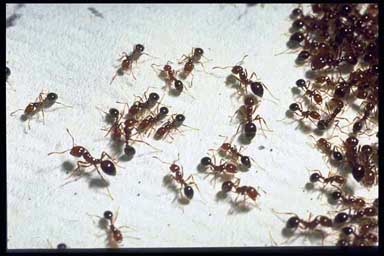
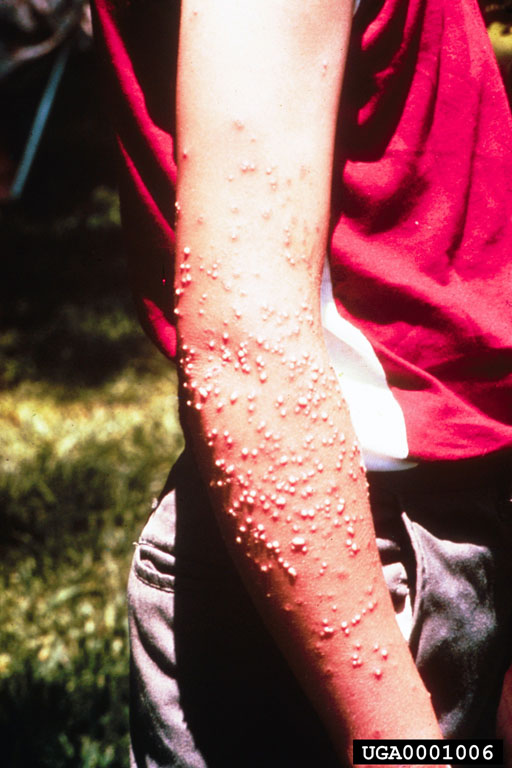
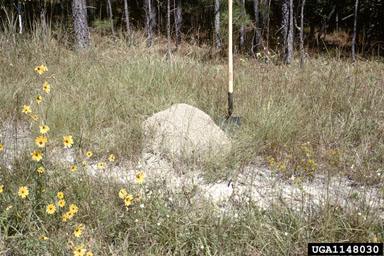

Vectors/Commodities
- Potted plants and soil
- The spread of S. invicta has been aided by humans via the shipment of infested articles such as nursery potting media, sod, bales of hay, or soil. Objects contaminated with soil pose a high risk as soil is the natural nesting material for S. invicta.
- Electrical equipment that has been used outdoors or has been in contact with the ground has frequently been cited as containing S. invicta infestations. Worker ants are attracted to heat or pheromones released when other workers are electrocuted. The housing of electrical equipment also provides warmth and shelter for colonies, thus attracting infestation. Examples of infested equipment include air conditioning units, power company transformers, traffic signal control cabinets, electrical pumps and car electrical systems.
- Vehicles: After mating, it appears queens are attracted to reflective surfaces such as trains and trucks, where hundreds of mated queens have been collected (Vinson and Greenberg, 1986). The association of S. invicta colonies with beehives has also been reported.

Distribution
- Native Range: South America
- Invaded regions:
- USA: Alabama, Arkansas, California, Florida, Georgia, Louisiana, Mississippi, New Mexico, North Carolina, Oklahoma, South Carolina, Tennessee, Texas, Virginia and Puerto Rico.
- Caribbean: Puerto Rico, the Bahamas, the British and USA Virgin Islands, Antigua and Trinidad (Davis et al., 2001).
- Cayman Islands, Malaysia, Singapore, Trinidad and Tobago, and the Turks and Caicos Islands
- It has also been detected in New Zealand and Australia, Hong Kong, Taiwan, and China
*New Zealand incursions have been eradicated and mainland China populations are either eradicated or currently undergoing eradication.

Best Management Practices
- Prevention and early detection is required to prevent new incursions and establishment. Ants collected during surveys should be submitted for identification by experts, as look-a-like species, tropical fire ant (Solenopsis geminata), already occurs in Hawaii and is well established in the same areas as RIFA.
- Survey and inspect soil and any articles of trade or shipping equipment coming from areas known to be infested with S. invicta for the presence of ants. Specimens can be collected in vials of 70% alcohol or stored in a ziptop bag and frozen for preservation and identified by a specialist.
- Submit ant samples to your local Hawaii Department of Agriculture branch.

References
- Drees BM, Berger LA, Cavazos R, Vinson SB, 1991. Factors affecting sorghum and corn seed predation by foraging red imported fire ants (Hymenoptera: Formicidae). Journal of Economic Entomology, 84(1):285-289
- deShazo RD, Williams DF, Moak ES, 1999. Fire ant attacks on residents in health care facilities: a report of two cases. Annals of Internal Medicine, 131:424-429
- Cabi data sheet
- CTHAR pest alert publication
- Hawaii Ant Lab Management of Pest Ants in Nurseries
Other Nursery Pests
PEST PREVENTION TRAINING
An advanced education program for those on the front lines protecting Hawaii from invasive species.
Contact your local Invasive Species Committee to schedule a training for your team. Learn more
This material was made possible, in part, by a Cooperative Agreement from the United States Department of Agriculture’s Animal and Plant Health Inspection Service (APHIS). It may not necessarily express APHIS’ views.


